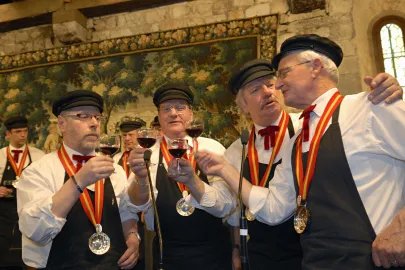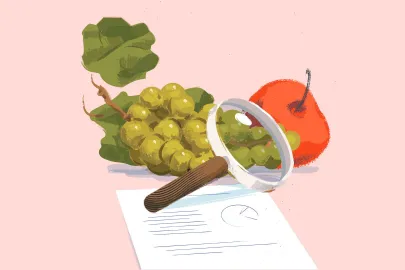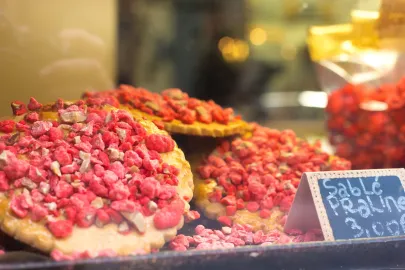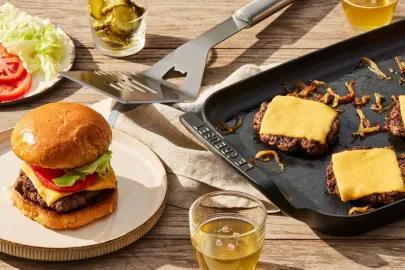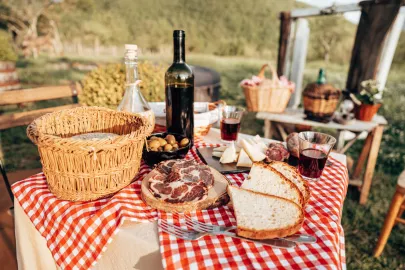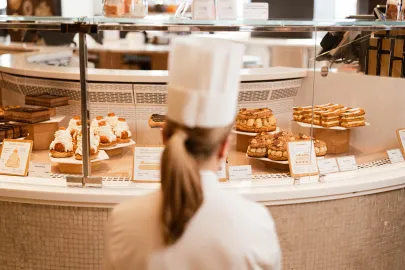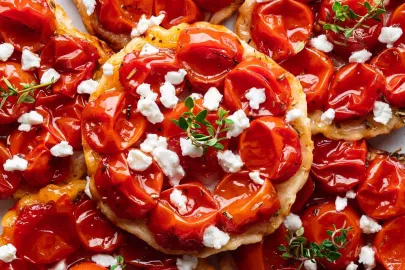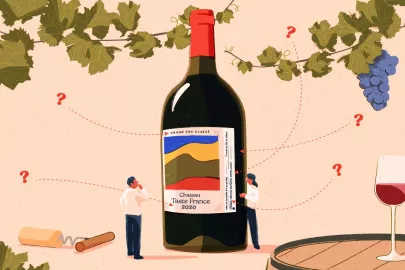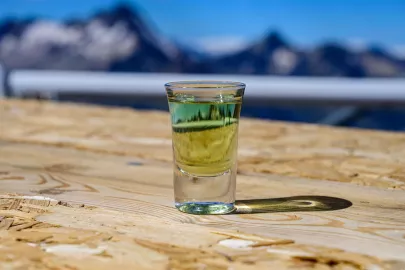In France, gastronomic brotherhoods, also known as confréries, celebrate local foods, wines, or culinary traditions passed down through local artisans. From Brie cheese to Burgundy wines, these quirky societies blend medieval rituals with modern celebrations, keeping these regional traditions very much alive.
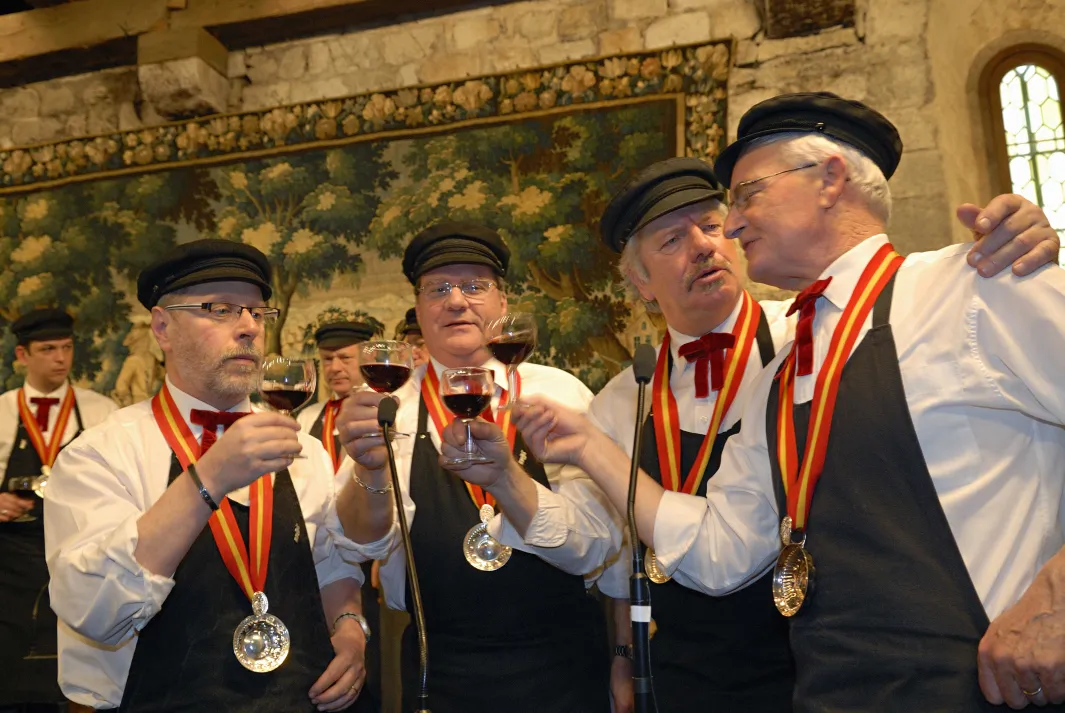
When you think about secret societies, more often than not, you will picture obscure dark academia rituals, political influence circles, or strange robe-wearing groups of individuals. But did you know that, in France, there are many not-so-secret brotherhoods whose sole purpose is to promote a very specific food or wine region?
These are known as confréries, and while they do sometimes involve wearing velvet medieval robes, brandishing ceremonial forks, or medallions shaped like wine chalices, they are not a culinary cosplay. Instead, they are real institutions that honor the foods, wines, and recipes that define a region. Curious to find out more? Let’s dive in!
What is a confrerie, anyway?
The word confrérie comes from the Latin confraternitas, which means brotherhood or guild. These have always existed, promoting the arts or battle-clad medieval knights and even, yes, foodish delicacies such as a good quiche Lorraine or oeuf mayonnaise.
They may wear costumes and “knight” new members, but the modern confréries are anything but obsolete: their goal is to celebrate specific foods or drinks from a region, and build them a worldwide cult following thanks to a handful of chosen ambassadors.
A love letter to terroir, in full regalia
What makes these confreries so unique is not just the specific items or recipes they promote, but the general ambience of their get-togethers. In France, joining a confrérie is usually the guarantee of a good time spent dining on the best regional foods, singing old songs with 700 merry participants, and enjoying a good show.
The goal of these dinners? Promoting French terroir and soil. It’s what makes Brie, Roscoff onions, or Cavaillon melons what they are. Each product tells a story of a place, a land, and its own traditions and know-how.
Confréries, therefore, serve as local ambassadors, linking food to heritage, identity, and geography. They organize tastings, competitions, and parades and work with producers to advocate for the preservation of ancestral practices.
A tour de France of some of our favorite confréries
There are about as many confréries as there are specialty dishes or specific wines in France. Here are some of the most highlighted brotherhoods in the country:
Confrérie du Brie de Meaux (Île-de-France)
Brie de Meaux is arguably one of the most famous French cheeses in the world. So much so, in fact, that it has its own brotherhood, or confrérie, sporting its merit throughout the globe. Founded in 1991, its members sport cream-colored robes and host various events promoting this soft, bloomy-rind delicacy. Their mission? To preserve the quality of this ancestral product made from raw cow milk and encourage traditional production practices rather than industrial ones.
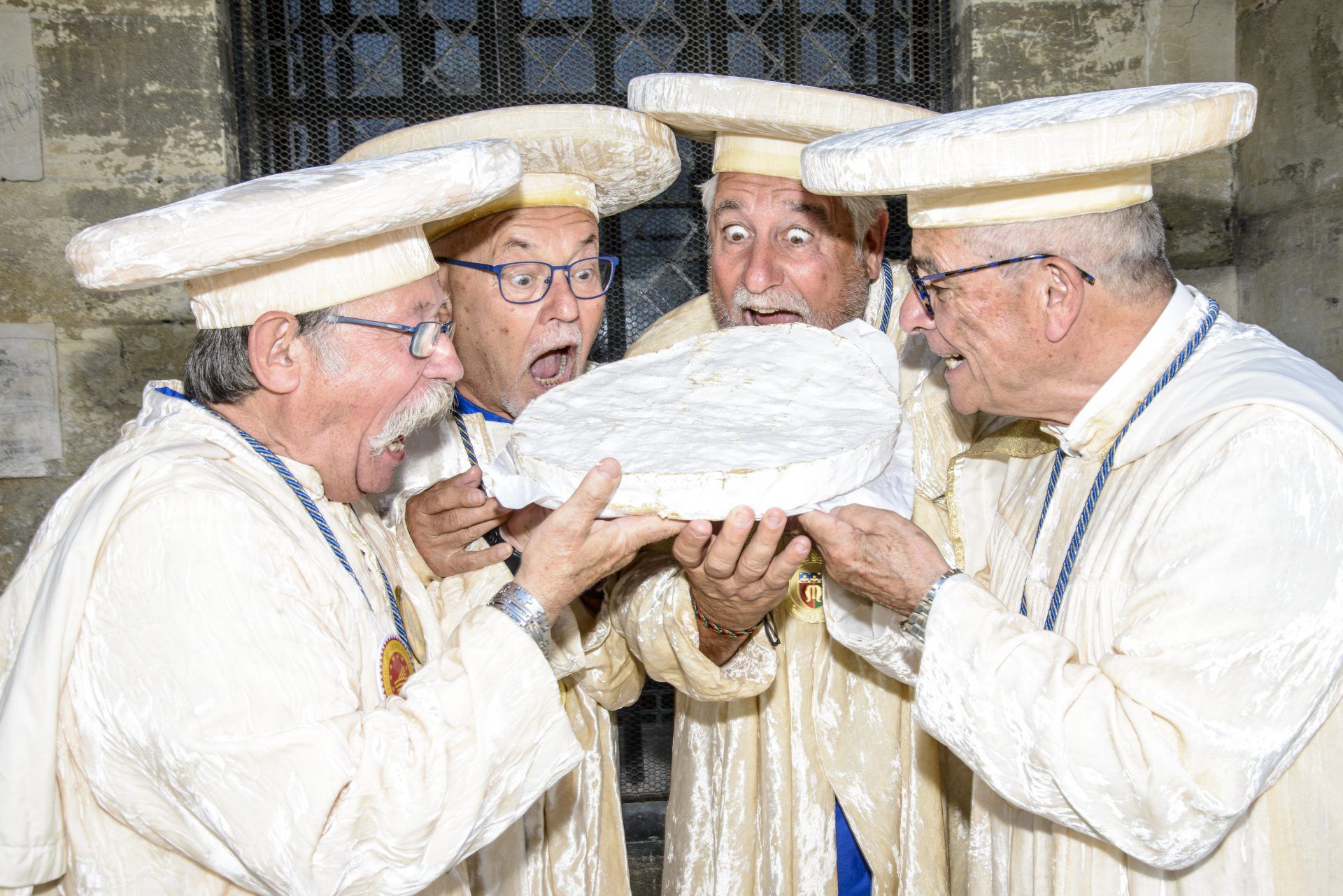
© Studio Mir
Confrérie de l’oignon de Roscoff (Brittany)
Pink onions are more than just a pantry staple in Brittany; they are a source of pride with their own PDO (Protected Designation of Origin) label. This sweet, fragrant bulb, historically sold across the channel by the famous “Onion Johnies”, who cycled door to door, is still used in many households and celebrated by its own confrerie. Today, pink-clad members of this brotherhood promote sustainable farming and support local producers while preserving the cultural memory of this iconic vegetable.
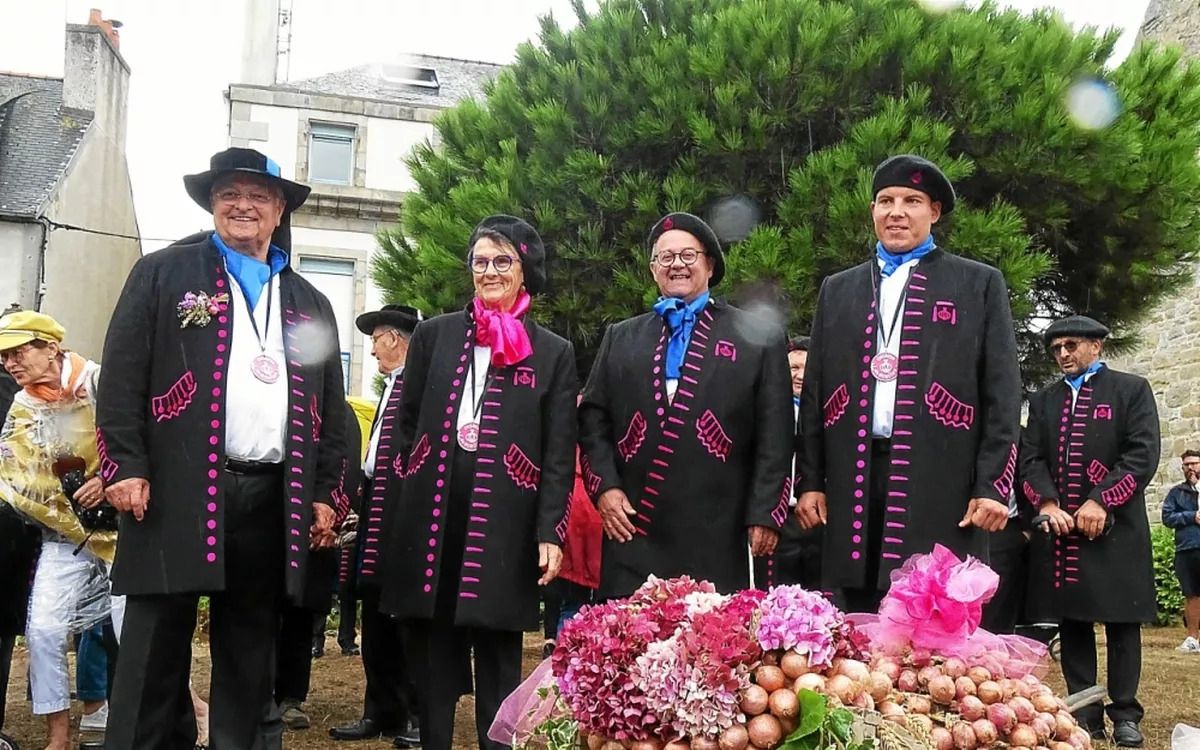
© Jean-Claude Dirou
Confrérie de la Quiche Lorraine (Lorraine)
Yes, there is a brotherhood for quiche, and it’s more serious than you can imagine. They defend the real recipe of quiche Lorraine, which, you might not know, does not allow for cheese or other kinds of shortcuts. The real quiche Lorraine is just made out of eggs, cream, and lardons in a buttery crust. Beyond this mighty fight, they also promote the Grand Est region’s culinary heritage and cuisine.
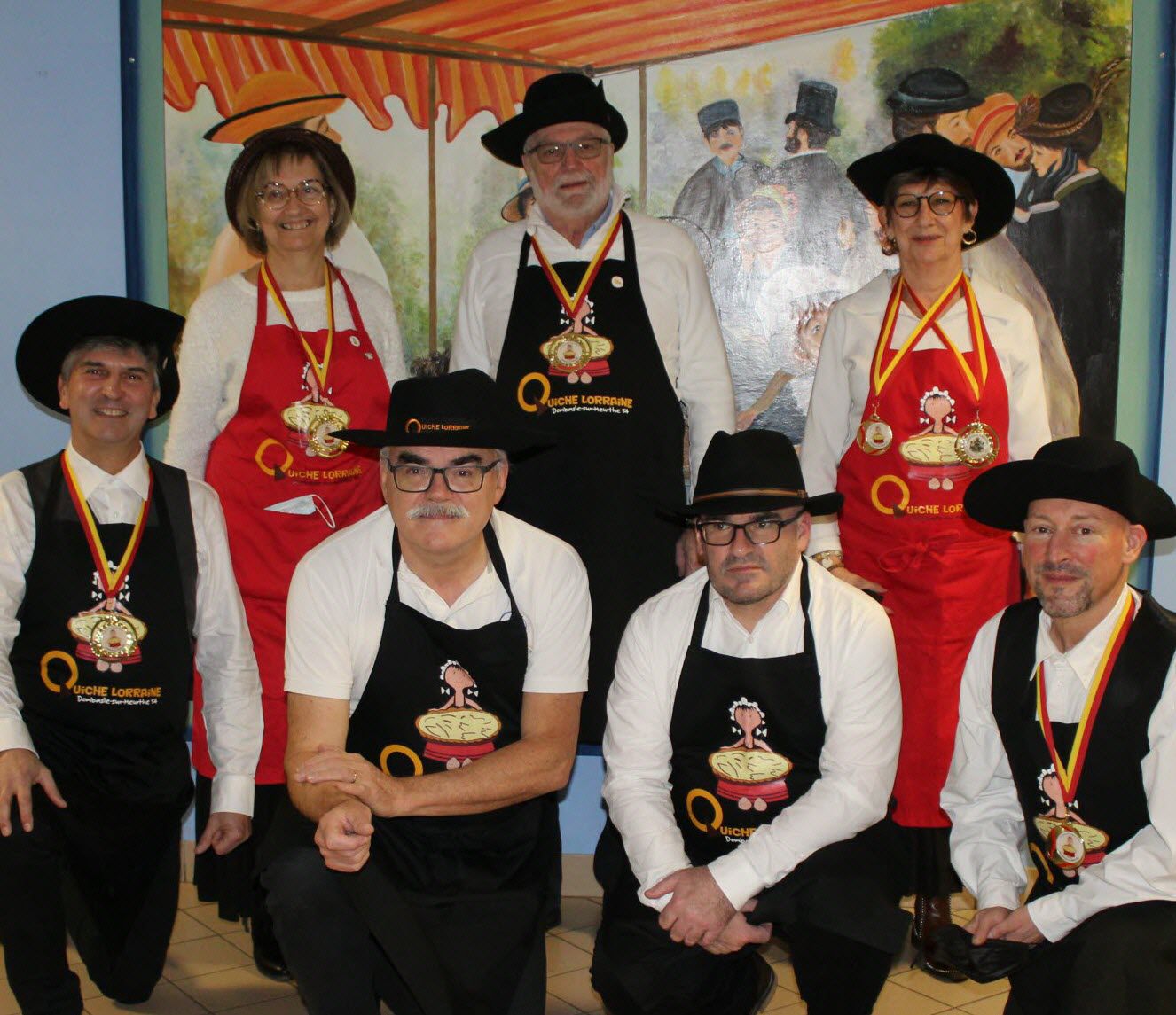
© L'Est Républicain
Chevalier de l’ordre du melon de Cavaillon (Provence)
No French region is quite as synonymous with summer as Provence, with its lavender fields, sun-drenched markets, and pink-hued rosé wines. Among the many seasonal treasures of this region, one reigns supreme: the Melons de Cavaillon, to the point where famous author Alexandre Dumas even pledged his entire collection of published work to the Cavaillon library in exchange for 12 melons a year until his death. Nowadays, the Chevaliers de l’Ordre du Melon de Cavaillon organize summer festivals, tastings, and inductions of new members, including farmers, chefs, and even a few celebrities. The goal is to honor the seasonality and sweetness of this Provençal gem.
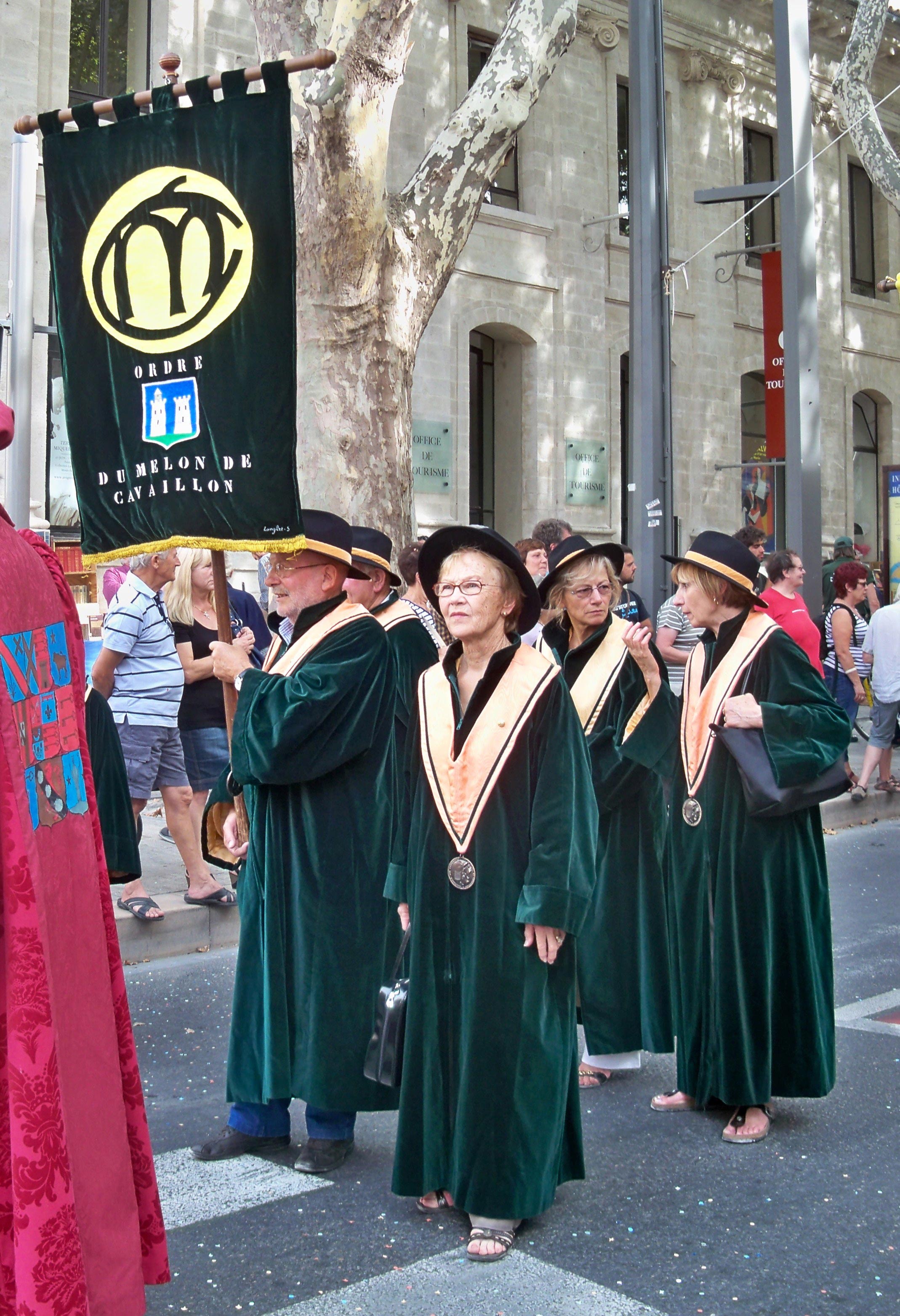
© Véronique Pagnier
Commanderie du Sainte-Maure-de-Touraine (Loire Valley)
Recognisable by its ash-coated rim and cylindrical shape, Sainte-Maure-de-Touraine is a beloved goat cheese with amateurs around the world. This commanderie’s mission is to preserve its traditional farming and cheesemaking methods, educate the public, and organize tastings at local fair markets.
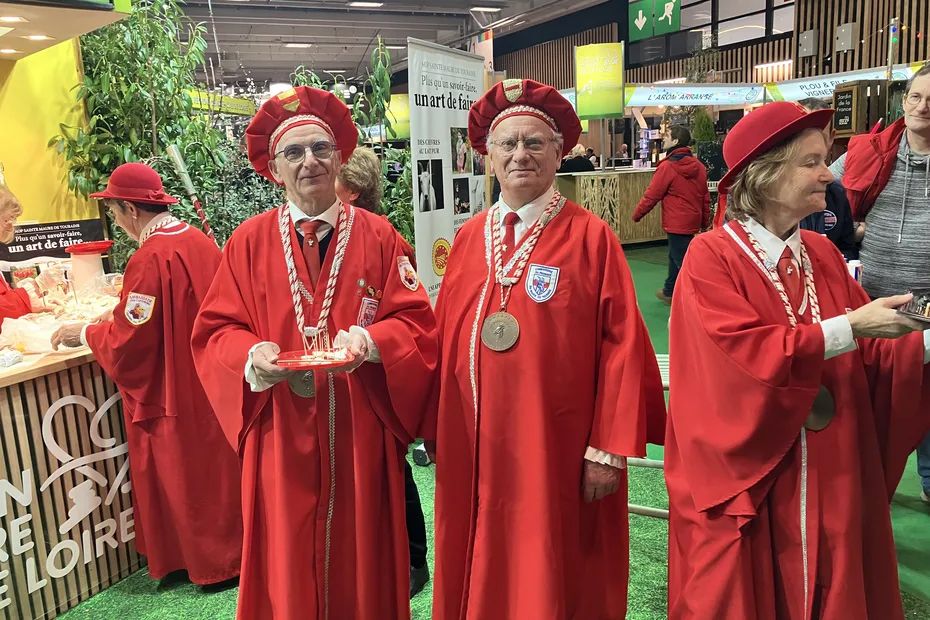
© Etienne Merle
Chevaliers du Tastevin (Burgundy)
Perhaps the most prestigious of them all, the Confrérie du Tastevin are Burgundy’s global wine ambassadors, with members from across the world gathering annually to celebrate the region’s most iconic appellations. Based at the historic chateau of the Clos de Vougeot, this brotherhood hosts lavish dinners, wine tastings, and induction ceremonies. Members include sommeliers, chefs, and wine lovers from around the world, all united in their devotion to Pinot Noir, Chardonnay, and the Burgundian art de vivre.
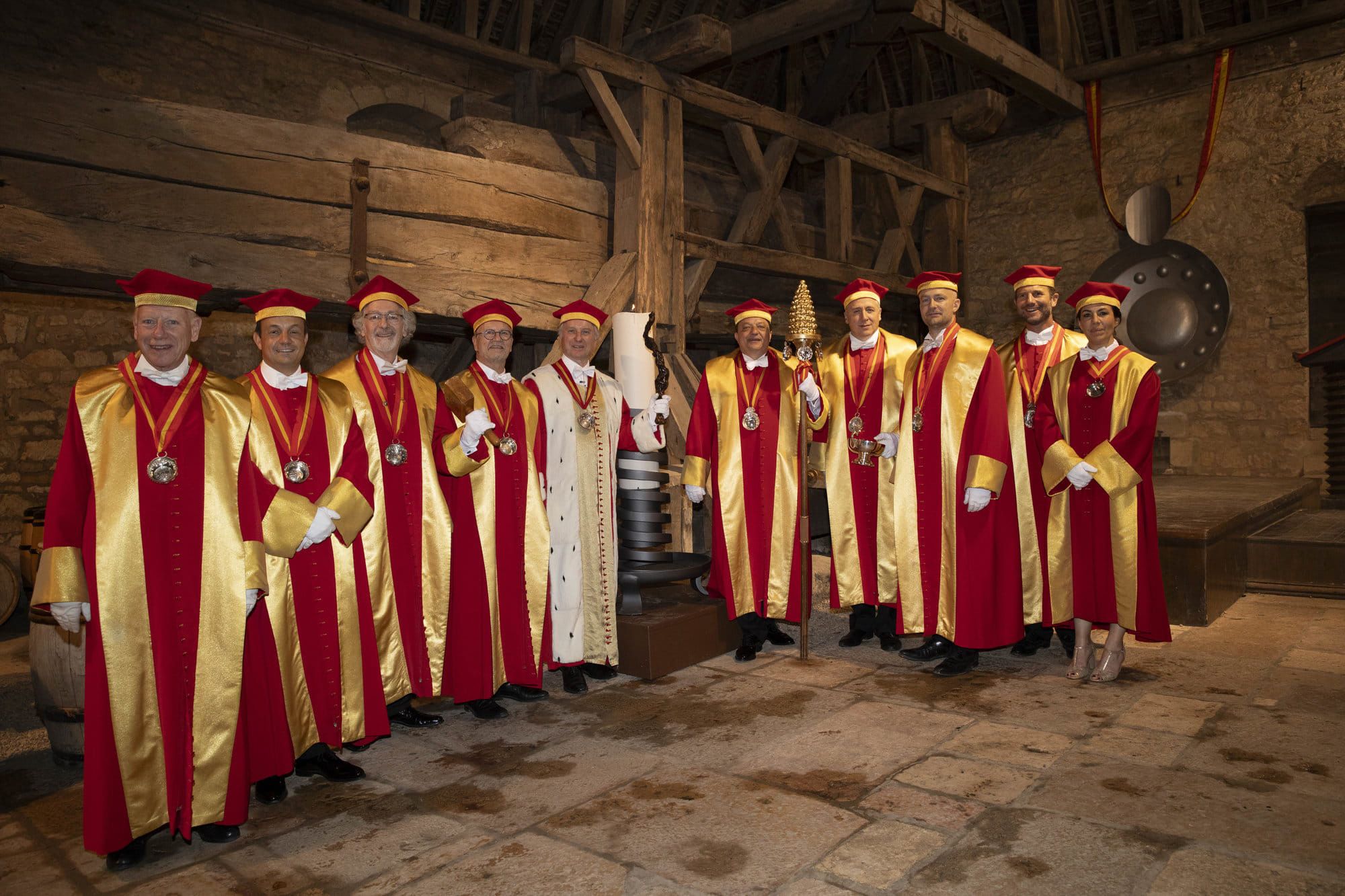
© La confrérie des Chevaliers du Tastevin
So, what do these confreries actually do?
Beyond the robes, rituals, and fun dinner parties, these brotherhoods have a real impact on French agriculture and tourism. The festival, tastings, and events they organize help promote local products to an ever-growing tourism while supporting local producers and maintaining culinary traditions that could otherwise fade. Many confréries also help protect PDO (Protected Designation of Origin) and PGI (Protected Geographical Indication) labels, ensuring that these local specialities and their know-how are legally safeguarded.
In fact, it is not difficult to argue that these confreries are more relevant than ever in this context of global industrial food production. They remind us that local still matters and that some things, like caring for a terroir and taking the time to create food traditionally, are immutable. They also bring people together, creating communities around a shared appreciation for a more epicurean lifestyle.
In the land of a thousand cheeses and countless culinary treasures, the French confréries are a joyful reminder that food is never just food; it’s identity, memory, and celebration. These brotherhoods may not fight dragons or wear armor, but they are knights all the same: protectors of taste, terroir, and tradition!

